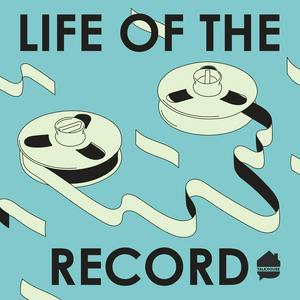The Making of PSYCHOCANDY by The Jesus and Mary Chain - featuring Jim Reid and William Reid
For the 40th anniversary of The Jesus and Mary Chain’s landmark debut album, Psychocandy, we take a detailed look at how it was made. Growing up in East Kilbride, Scotland, brothers William and Jim Reid had their lives changed by punk and both made plans to start their own bands. When they had trouble finding like-minded musicians in their town, they realized they could pool their resources and start a band together. After their father was made redundant from his job at a factory, he gave them a gift of 300 pounds, which they used to buy a Portastudio 4-track machine. Recording the songs they were writing allowed them to find the sound of the band that they were looking for. By 1984, they had recruited Douglas Hart on bass and Murray Dalglish on drums and were sending around a demo tape to try and get gigs. Their tape was passed on to Bobby Gillespie, who loved it and connected them with Alan McGee of Creation Records. After seeing them live, McGee signed them to a deal and they released their first single, “Upside Down,” in 1984. The single, along with their notorious live performances, generated a lot of interest and they ended up signing a deal with a subsidiary of Warner Music Group, called Blanco y Negro. At this point, Bobby Gillespie replaced Murray Dalglish on drums and they released their follow-up single, “Never Understand,” in early 1985. Their full-length debut album, Psychocandy, was eventually released in late 1985.
In this episode, Jim Reid describes the impetus for starting a band with his brother William and how they would spend hours talking about music and envisioning the type of band that could start a cultural revolution. He describes how they were of a shared mind in those early days and how they would each write songs and flipped a coin to ultimately decide that Jim would become the lead singer. William Reid talks about his punk-inspired approach to guitar and how a chance purchase of a used Shin-ei fuzz pedal from a neighbor kid gave him the sound he was looking for. By blending feedback and noise with 60s-inspired pop, the Reid brothers found their unique sound and went to great lengths to protect it from being watered down by the record company. From being emboldened to experiment by engineer John Loder, to the chaos of their early live gigs, to the standup drumming style of Bobby Gillespie, to swapping shifts in the studio with Ministry, to creating an album where every song could be a single, to punk music as the missing ingredient in their lives, to their shared confidence in making a record that would stand the test of time, we’ll hear the stories of how the album came together.


